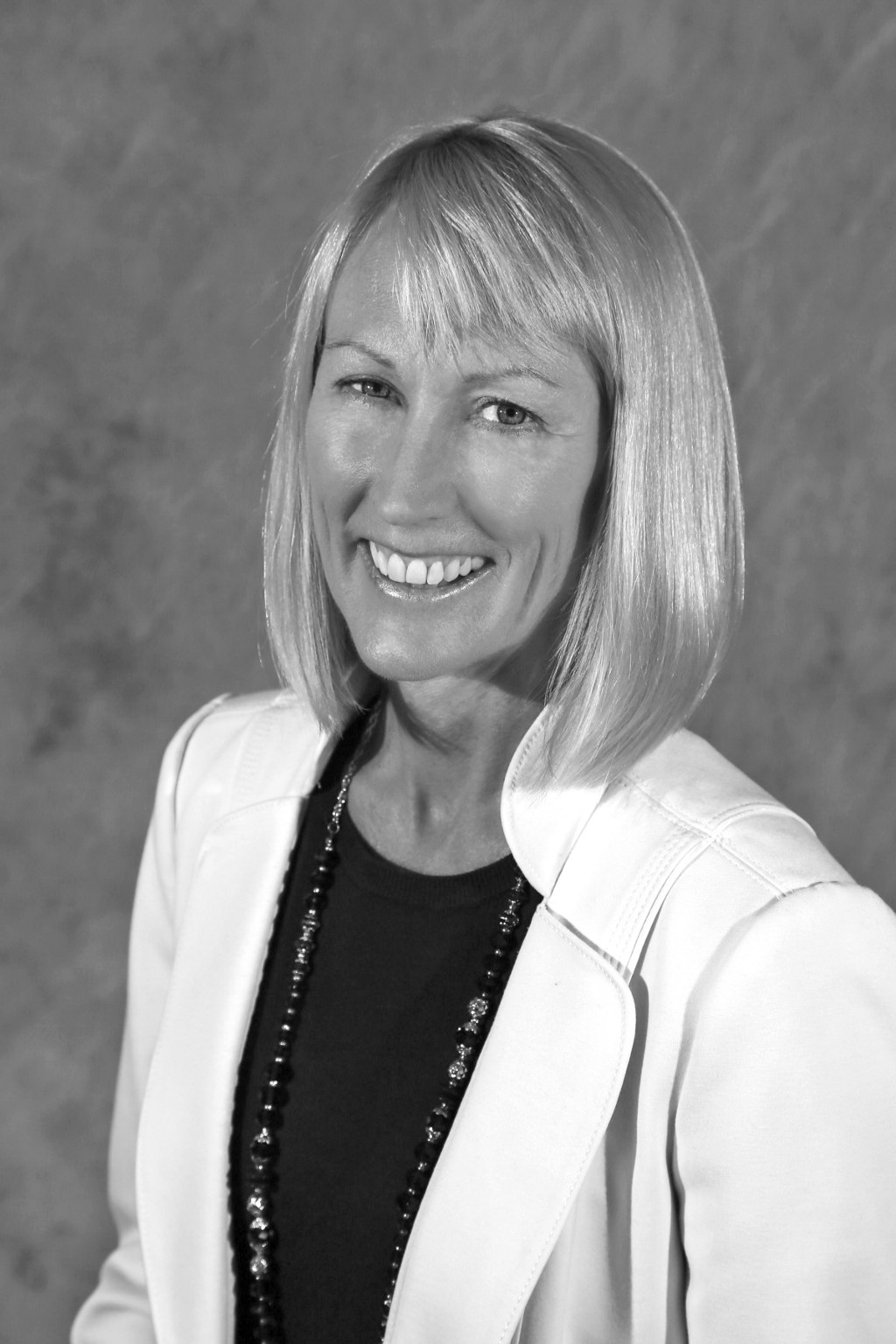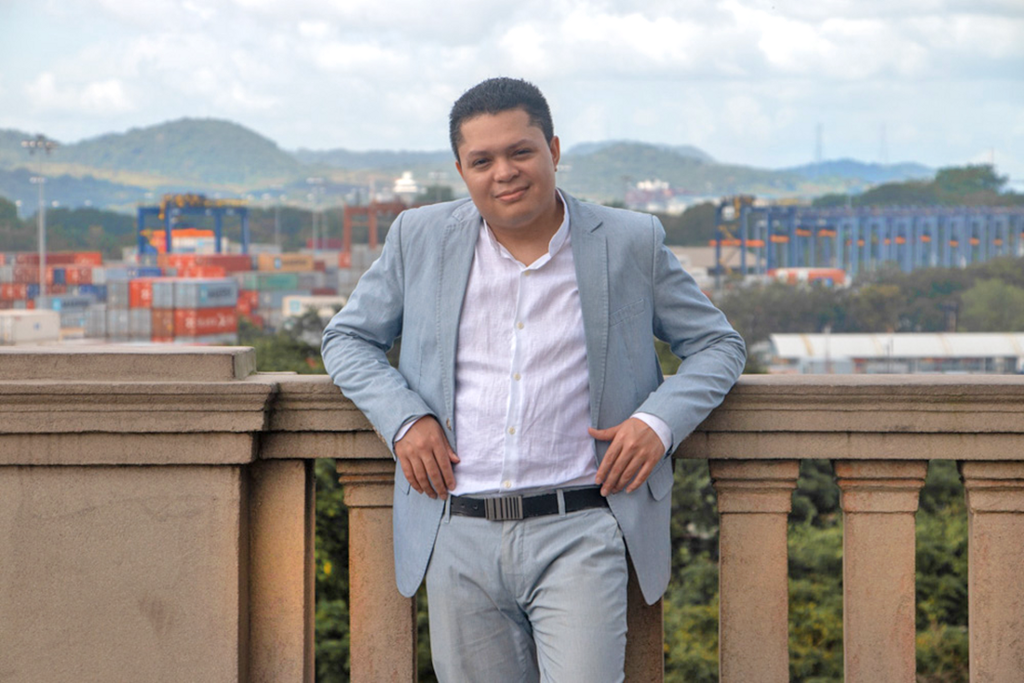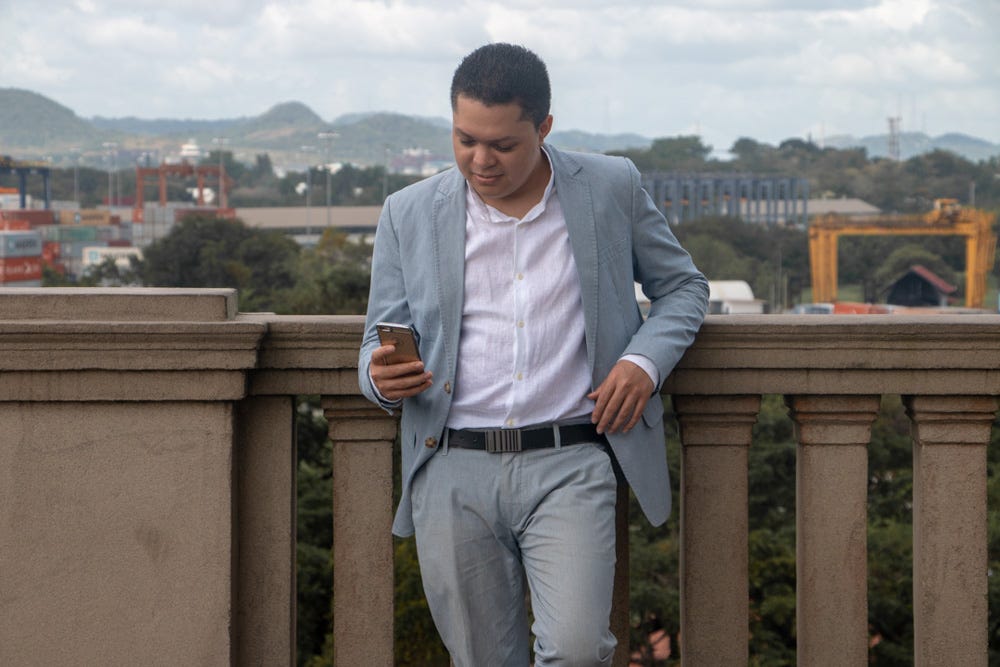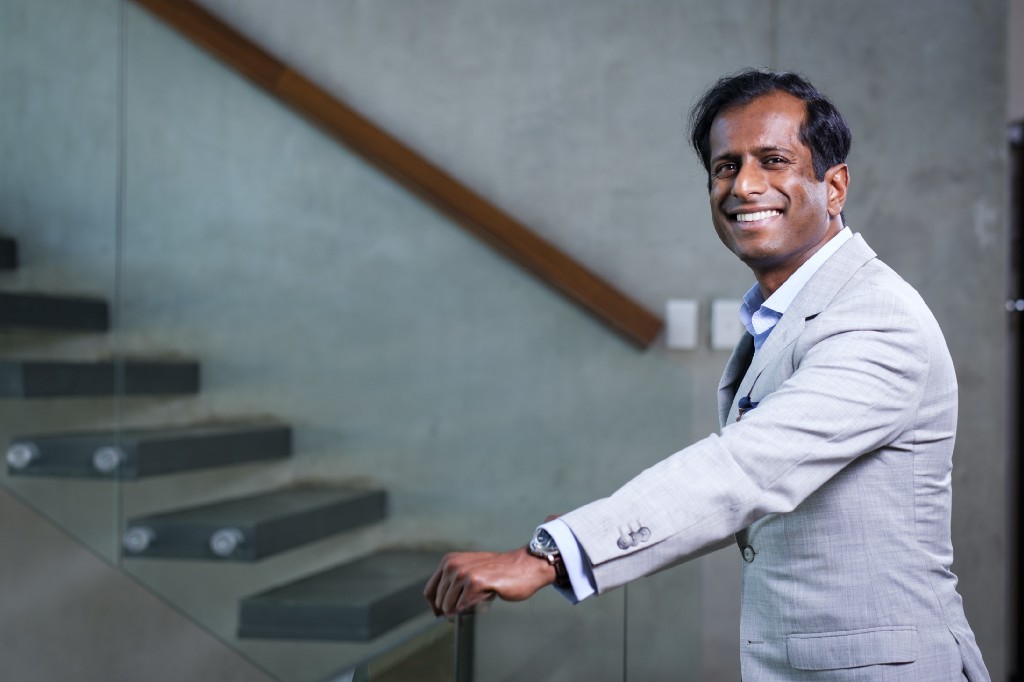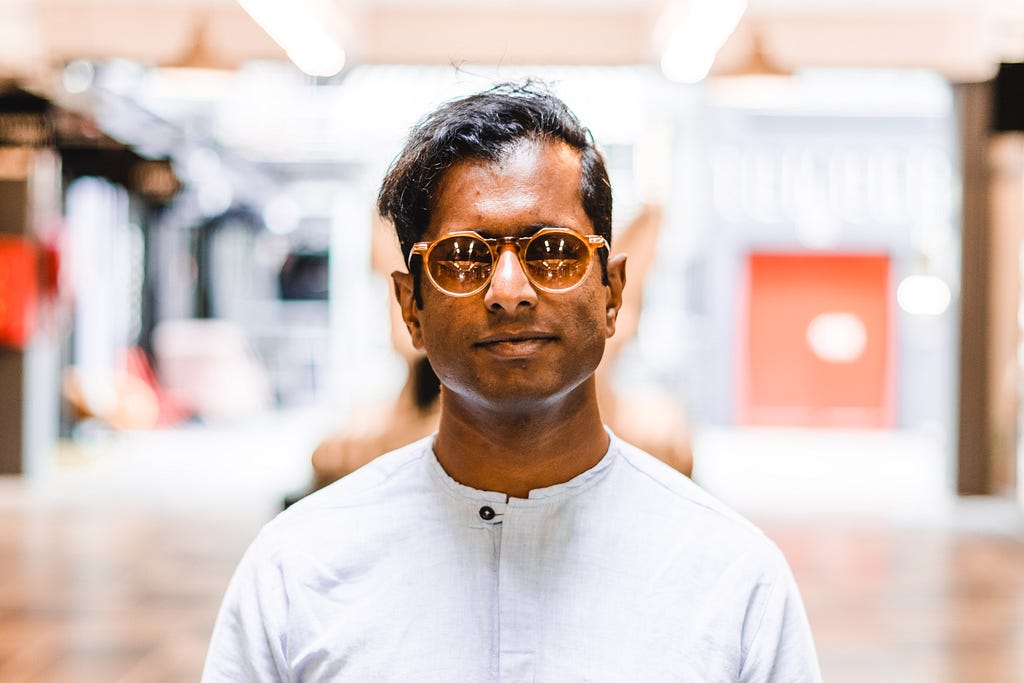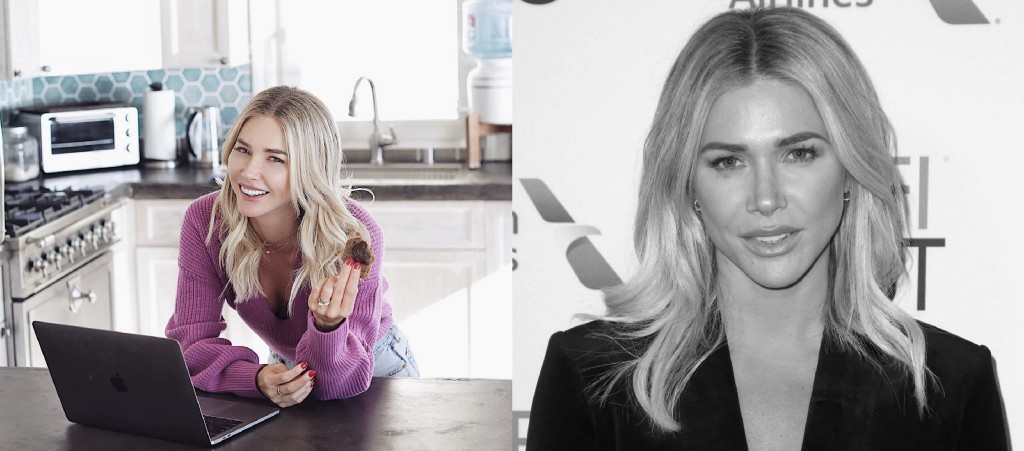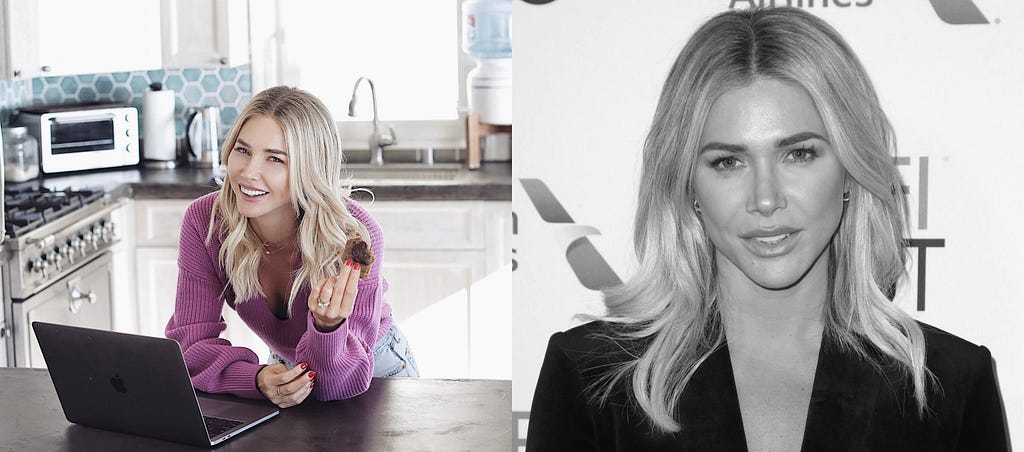
Conduct pay audits routinely. Inequities can be addressed more easily when they are small. Over time, salary issues tend to grow when no audit is done to create awareness of inequities. Equal pay is mandated by federal law for equal work. This also means stop justifying discrimination. The U.S. Soccer Federation is the most visible example of this: Instead of addressing the pay inequity, they hired two lobbying firms to advocate for their position. This money could have been spent on addressing the pay inequity issue.
As part of my series about “the five things we need to do to close the gender wage gap” I had the pleasure of interviewing Nancy Lough. Nancy is a UNLV College of Education professor who has studied marketing, sponsorship, and gender equity in women’s sports since the 1990s. She is a longtime Title IX consultant and author of the newly published “Routledge Handbook of the Business of Women’s Sport.” Her most recent research focuses on equal pay in athletics, as well as sponsorship, marketing, and media coverage disparities between women’s and men’s sports. Lough is working with colleagues at UNLV to create a sports research institute and a leadership development curriculum for aspiring sports business students. She is also president-elect of the Sport Marketing Association and an affiliated scholar of The Tucker Center for Research on Girls & Women in Sport.
Thank you so much for joining us! Can you tell us the “backstory” that brought you to this career path?
I was a scholarship student-athlete with an ambition to be a college and Olympic-level coach. I was fortunate to coach at both the high school and college levels, but quickly learned that it was exceptionally rare for a woman to be the head coach of a combined (men’s and women’s track) program. During this time, I experienced several inequities and various forms of discrimination. When it was evident that the people in positions of authority had no intention of addressing the issues, I decided it was time for me to pursue a different path. When I started my doctorate, I learned about Title IX, the federal law that was created to address gender discrimination in educational environments. I quickly became an advocate for gender equity in college sports, and then sports more broadly.
My initial research examined the corporate sponsorship of women’s sports. During this time period, there was no WNBA and no professional soccer, hockey, or softball teams for women. I felt there was a tremendous marketing opportunity for companies that could see the value women’s sports had to offer. It’s taken well over 20 years, but corporate sponsors are now beginning to see the value. And in some cases, companies like Visa and Luna Bar are pushing the U.S. Soccer Federation and other sports governing bodies to support and promote women’s sports similar to how they support and promote men’s sports.
Can you share the most interesting story that happened to you since you began this career?
Perhaps the most meaningful indicators that my work is having an impact have come through personal responses I’ve received from sports leaders who read my work. For example, I wrote an article about the lack of media attention for a women’s sports summit where every commissioner for a women’s professional sport sat on one panel. The commissioner for the Women’s Tennis Association wrote a personal letter thanking me for drawing attention to the issue. In essence, if a panel were assembled with commissioners for men’s sports leagues — think NFL, NHL, MLB, or others — the media would be fighting for a spot and many would be turned away. Similarly, when I wrote an article in “Sport Business Journal” noting the lack of women identified on a list of the 50 most influential sports leaders, I also had several industry executives contact me personally. One of those colleagues works for the NFL’s Raiders, and is now living and working here in Las Vegas.
Can you share a story about the funniest or most interesting mistake you made when you were first starting? Can you tell us what lesson you learned from that?
Honestly, I assumed that once I demonstrated through research the value proposition women’s sports offered, I believed sponsors would line up to get involved. It’s funny to me because I was so naïve. That was well over 20 years ago, and even today vast amounts of money are invested in men’s sports and esports, while women’s sports fight for sponsorship dollars and media attention. What I learned from that was the systemic nature of gender bias. The culture of sports is so deeply masculinized and so replete with false narratives about women athletes and the lack of interest in women’s sports that I could easily spend the next 20 years working to provide the counter narrative. My greatest lesson, and advice, is simply to never give up on yourself or what you believe in.
Ok let’s jump to the main focus of our interview. Even in 2019, women still earn about 80 cents for every dollar a man makes. Can you explain three of the main factors that are causing the wage gap?
1) Social limitation theories in scholarly work basically point to women as the problem. The “blame the woman” approach manifests in multiple ways. The most common is work-life balance or work-life conflict, which in essence points to how women who choose to be mothers and maintain a family life will face more challenges in career progression. In fact, some research has shown a bias in which employers believe women who are mothers are less committed to their jobs. The research has shown that in fact women are equally committed to their jobs and careers as men. This is one example of a false narrative that continues to blame women for the types of discriminatory behavior they experience in the workplace.
2) Hegemonic masculinity. In essence, this means attributes that are considered male — assertiveness, confidence, ambition — are seen as positive for men, yet are negative when a woman exhibits the same traits or behavior. The result is that this type of work culture rewards men and compensates them better, while women struggle to figure out how to walk the fine line between demonstrating confidence and ambition while not violating unspoken gender norms of the organization. A simple example is how men will often negotiate their initial salary, yet women are less likely to be successful in this process. So right from the start, a male begins the same job at a higher rate of pay, and it expands from there over their careers.
3) Homologous reproduction. We like to hire and promote people who look like us or share values we feel represent us. This is an implicit bias that explains some of the challenges in diversifying the workforce. In sports, many organizations say they want to hire and promote more women, yet they are unwilling to look at their culture and how it rewards and promotes the same type of people (men), while creating what we call a “chilly climate” for women or people considered “others” (LGBT, ethnic/racial minorities). To offset this, a woman may be hired and then becomes the token everyone can point to and say, “See, we have women working in this organization!” — when in fact there may only be one or two. Research from the Tucker Center for Research on Girls & Women in Sport has shown women move to organizations where women are supported and developed, while women tend to leave organizations where the climate is “chilly” toward them.
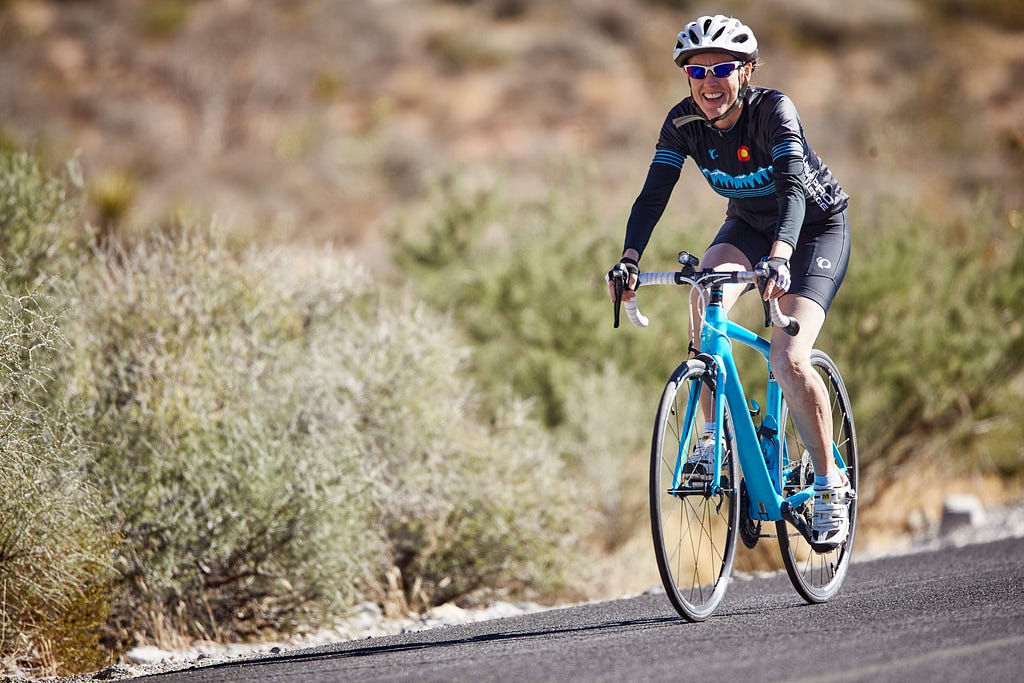
Can you share with our readers what your work is doing to help close the gender wage gap?
For years, my work focused on arguing for gender equity from a morally right or federally mandated Title IX perspective. I now realize that real change — the change needed to make substantial progress — will only come when the economic argument is too hard to ignore. My work now focuses on gathering the data to support the economic argument. For decades, those in power have argued that no one is interested in women’ sports. But we have data that demonstrates that this is a false narrative. In 2018, Nielsen found 84% of all sports fans are interested in women’s sports. Women hold a level of economic clout that is routinely overlooked, yet should make them an attractive market. For example, we’ve known for years that 80% of all purchasing decisions are made by women — not men. Women control $20 trillion, which amounts to 85% of consumer spending. Women control 60% of personal wealth in the U.S. and $70 trillion of investable assets. Women make 68% of all car purchases, 70% of travel decisions, and 80% of healthcare decisions. All of these categories represent companies who allocate their marketing dollars as sports sponsors, yet the vast majority of these sponsors invest only in men’s sports. My work is intended to make the argument to shift the financial investment, marketing, and media coverage toward women’s sports and women athletes, and show women consumers and fans that they are valued.
Can you recommend 5 things that need to be done on a broader societal level to close the gender wage gap. Please share a story or example for each.
1) Blind interviews. Research has shown that bias in the hiring process starts as early as managers see the name on the resume. Several studies have demonstrated that the exact same resume with a male name is viewed more favorably than the resume with a woman’s name on it. To eliminate this bias, credentials should be viewed with no indication of gender. A good example of what happens when women are given the chance to excel — even in positions believed to “belong” to men — is Becky Hammon, a former WNBA player who was the first woman to win while coaching an NBA team. Another great example comes from symphony orchestras, which have increased the ranks of professional women musicians over the years through “blind auditions” which separate philharmonic hopefuls and their evaluators with a screen. https://www.theguardian.com/women-in-leadership/2013/oct/14/blind-auditions-orchestras-gender-bias
2) Zero tolerance culture for gender discrimination. Create a culture and climate that values women equally. This means zero tolerance regarding sexual harassment and making accommodations for parents to be parents. Both women and men are parents, yet this is viewed as a women’s issue, when it should be viewed as a family issue. Work environments that allow some flexibility for child care are viewed far more favorably among millennials.
3) Conduct pay audits routinely. Inequities can be addressed more easily when they are small. Over time, salary issues tend to grow when no audit is done to create awareness of inequities. Equal pay is mandated by federal law for equal work. This also means stop justifying discrimination. The U.S. Soccer Federation is the most visible example of this: Instead of addressing the pay inequity, they hired two lobbying firms to advocate for their position. This money could have been spent on addressing the pay inequity issue.
4) Value the unique attributes all employees offer equally. Male attributes have been routinely overvalued. As organizations struggle to find ways to diversify their market share, one solution lies within the composition of their employees and creating gender balance. The example I use to explain the concept with a bit of humor is: Ask men how qualified they feel to sell a sports bra to a woman. While I realize men can be trained for this task, a man will never be able to speak to fit and feel like a woman who has used a sports bra. This is not to say women should be pigeonholed into women-specific tasks. It’s more about seeing where there are opportunities for people to shine by using their unique strengths and talents.
5) Set goals and create accountability. Women are routinely underrepresented in organizations at the leadership, decision-making, and board levels. When a clear goal of 50% is set, with action steps to achieve the goal and accountability measures built in — think: loss of funding if the goal is not achieved — then the goals are more likely to be achieved. Caesars Entertainment set a clear goal of 50% gender balance by 2025. They publicized it widely, and the leadership is holding everyone in the organization accountable to achieve it. Where there is will and intent, change actually happens.
You are a person of great influence. If you could inspire a movement that would bring the most amount of good to the most amount of people, what would that be? You never know what your idea can trigger. 🙂
All sports media, including ESPN, would provide 50% of their media coverage to women athletes and women’s sports. This would be a movement because girls see women in sports in ways that demonstrate power, competence, victory, defeat, perseverance, ambition, and the list goes on. Sports are a microcosm of our society. If you can see her, you can be her. I believe boys also need to see powerful women as role models to learn to respect women as people and as equals. Sports have the power to help us all see beyond our limitations. Plus, 50% of women’s sports fans are men. So, everyone would win!
Can you please give us your favorite “Life Lesson Quote”? Can you share how that was relevant to you in your life?
This quote from Madeleine Albright has always stuck with me: “There’s a special place in hell for women who don’t support other women.” My passion and work have centered on creating gender equity. In this work, I’ve become aware of women who actively undermine other women. Research also shows that many women who achieve leadership positions often go on to replicate the same patterns in hiring and promotion that benefit men. I believe it is incumbent upon women leaders and all women to support other women. We also need male allies, but it’s our responsibility to create awareness and fight against discrimination.
I also like the Nike mantra: “Just do it!” It’s much more than a slogan to me. To be the first in something, to charter territory no one has explored, to truly inspire new ideas, we have to be inspired to bold action. Just do it!
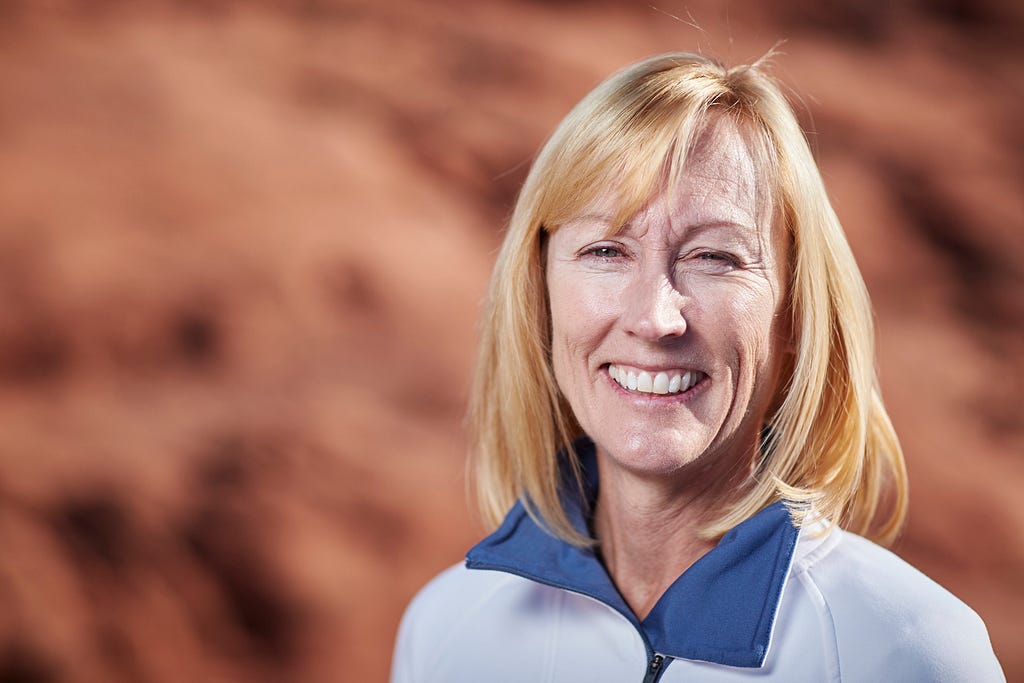
We are very blessed that some of the biggest names in Business, VC funding, Sports, and Entertainment read this column. Is there a person in the world, or in the US whom you would love to have a private breakfast or lunch with, and why? He or she might see this, especially if we tag them. 🙂
I would love to meet with the president of the U.S. Olympic & Paralympic Committee and the president of the U.S. Soccer Federation, and hear their rationale for the ongoing pay inequity issues for the U.S. Women’s National soccer team and every other woman representing the country as an Olympian or Paralympian on a national team. I believe gender equity is possible when leaders set it as a goal and accept no excuses for achieving that goal. Unfortunately, the culture I see in sports tends to make excuses instead of pursuing new opportunities and being truly innovative.
I would also love to speak with a venture capitalist who is willing to invest in starting a women’s sports television channel or livestream platform or app. It’s frustrating for fans to have to search for games, matches, and events. I believe the market for women’s sports is economically viable and ready for development. When the media coverage for women’s sports hovers around 4% it’s clear that a new innovative approach is needed to offset the biased mindset driving the choices among media decision makers.
This was really meaningful! Thank you so much for your time.
“5 Things We Need To Do To Close The Gender Wage Gap”, with Nancy Lough and Candice Georgiadis was originally published in Authority Magazine on Medium, where people are continuing the conversation by highlighting and responding to this story.

